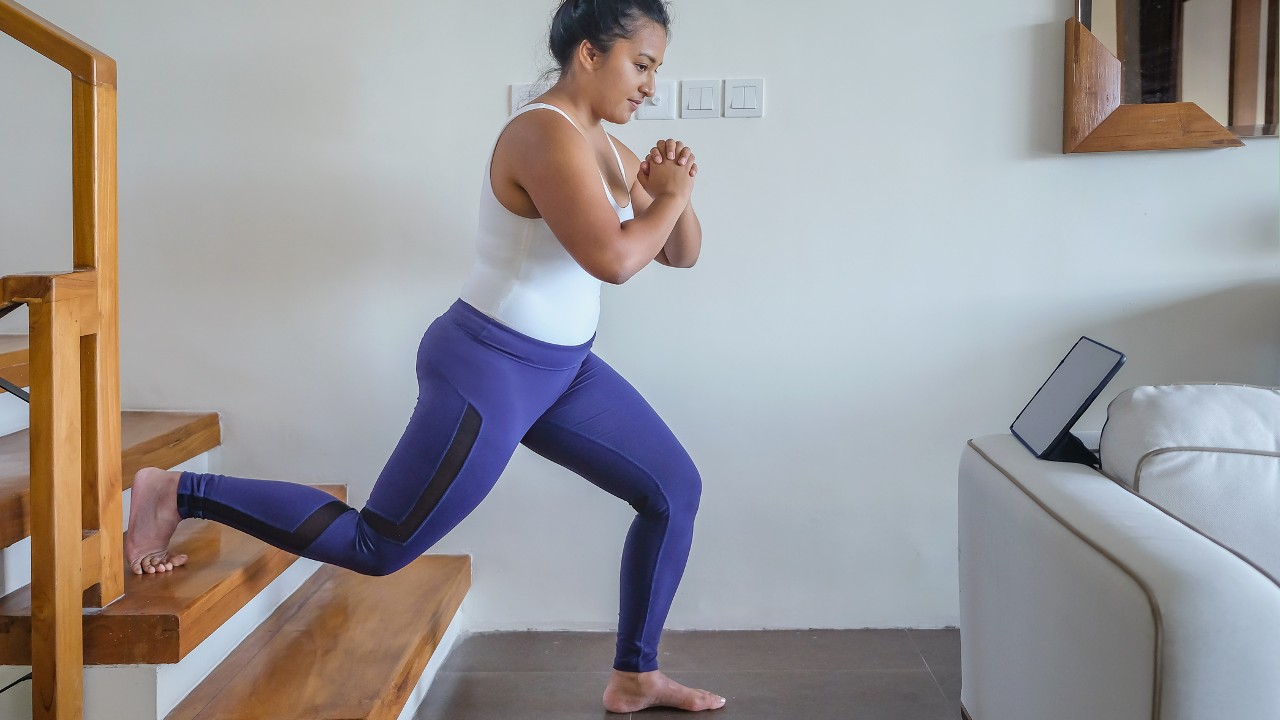
We hope you never experience knee pain, because it can not only stop you from working out, it can feel so uncomfortable it disrupts your everyday activities.
It’s always worth seeking help from a qualified practitioner if you have acute knee pain, but if you have low-level aches, one of the best ways to reduce your knee pain, or to avoid it altogether, is to strengthen the muscles that support the joint.
Physical therapist and run coach Bonnie Wilder recently shared an Instagram Reel with three exercises she prescribes for knee pain and I got in touch with her to find out more.
“These exercises are best for muscular associated knee pain, which is usually an achy or dull pain, arthritis and any type of sports injury such as ligament sprains,” says Wilder.
To perform these exercises, you’ll need a kettlebell or another type of free-weight, something to elevate your heels on such as a weight plate, and a short resistance band.
Wilder recommends performing three sets of 10 reps for each exercise, but you’ll need to repeat these exercises regularly and increase the difficulty by using a heavier weight or completing more reps to see a reduction in knee pain.
Take a look at Wilder’s Instagram Reel where she demonstrates each of the exercises.
The exercises in this routine will target the quadriceps, the muscles located at the front of your thighs, and the glutes—the large muscles in your buttocks.
“Bulgarian split squats and heel-elevated squats target the quads which are a critical component for reducing knee pain,” says Wilder. “This is because the quads attach to the patella [the kneecap] and help improve stability and reduce unwanted movement.”
The final exercise is a hip clock, which targets a specific part of the gluteus muscles. "The hip clocks work by improving the side glute—the glute medius—which stabilizes the knees and reduces translation [movement] of the knees inwards,” Wilder says. “This improves stability as well and keeping the knees in alignment.”
Try incorporating these movements into your routine a few times a week, and once you’ve built strength with these exercises, move on to these knee-strengthening exercises and these preventive runner’s knee exercises.







